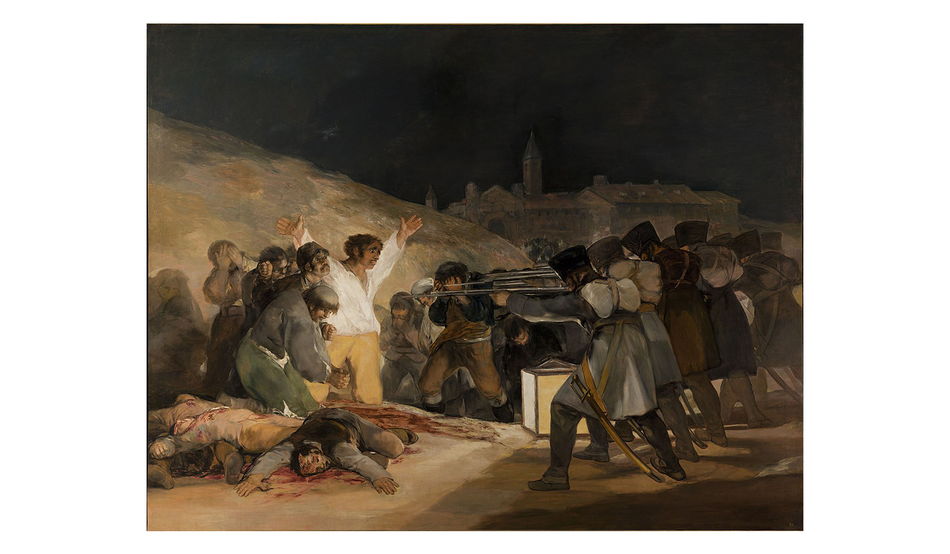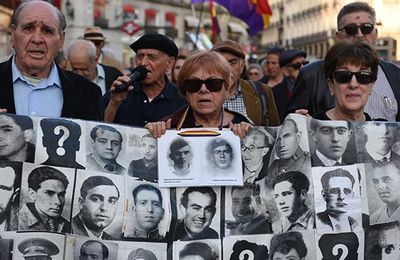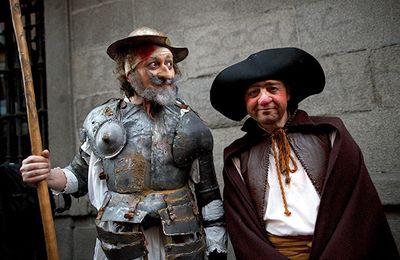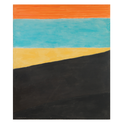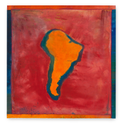“What’s it a picture of?” asked Theo, angry with himself that he had never heard of the painting and knew nothing of the artist.
“An execution. One that’s about to happen, and the kneeling man with his hands up in the middle of the picture knows that there’s no escape. You can tell from the look in his eyes. He’s terrified, outraged that his life is going to end, but the point is it doesn’t matter. All around him are peasants that have already been shot, and behind him are those that are going to be next, and the soldiers in the firing squad don’t care. They’re pitiless. Nothing will stop them. The man’s not a martyr or a hero, he’s just a target—a sunburnt labourer in a white smock who they’re going to kill. There’s no hope, no justice, no God—that’s what the picture is saying.”
“But you don’t believe that,” said Theo, taken aback. “About the hope, I mean. I know you don’t.”
“No, you’re right, but you have to start with what Goya says. That’s what Nicolás told me. He said no one had painted like that before. Before him, it was always how things should be, not how they are. But Goya told the truth. That the rich are pitiless and cruel and will always starve and kill the poor to keep what they have, because that’s their nature. So we have to end all the things that subjugate—money, capitalism, the state, the Church.”
This encounter did not really happen—it’s an extract from my novel, The Palace at the End of the Sea—but there would doubtless have been many like it in the republican Spain of the 1930s.
The work being described is The Third of May 1808 (1814) by Francisco Goya. It’s a painting that depicts the brutal reprisals that were carried out by Napoleon’s soldiers against Spanish civilians following an uprising against French occupation during the Peninsular War.
I made the setting for this conversation a fictional village in the foothills of the Sierra Nevada mountains, north of Malaga. In the early 20th century, life in such places was extremely insular and had barely changed since mediaeval times. Much of the population were landless labourers who were paid starvation wages for backbreaking work on the vast estates owned by absentee aristocrats.
But Spain’s republican government wanted to find ways to bridge the chasm between town and countryside, believing that the nation’s culture belonged to the poor just as much as the rich. They commissioned artists to copy masterpieces in the Prado, which they then put under the care of educational missionaries who travelled to the remotest villages in lorries that bounced over potholed roads. There, the missionaries set up what were known as “Museums of the People” in town halls, decorating them with carpets and flowers and playing classical music on portable gramophones, while they used the paintings to instruct the villagers on Spanish culture and history. Films were shown too, and local lending libraries were set up. As may be imagined, these exhibitions had an extraordinary impact on the peasant population that had been submerged for centuries in ignorance and poverty. It showed them that life could, and should, be different.
A copy of Goya’s painting would have been among those taken out by the missionaries. The original had been commissioned by the Spanish government after Napoleon’s forces were ousted in 1814, on the basis that it would be a portrayal of heroic national resistance to foreign invasion. But Goya intended to paint nothing of the kind. No painter before had depicted war as something of such unmitigated cruelty, with no room for redemption through heroism or sacrifice. It doesn’t matter that the executioners in the painting are French and the victims Spanish; their roles could just as easily be reversed, because the inhumanity of man is universal. Goya’s message is revolutionary, and so too are the techniques he used to execute it. He placed the killers and their victims unrealistically close to each other because it would increase the emotional impact of what was being perpetrated. The bold use of light and dark intensifies the contrast between them, and between the dead and those about to die, who line back through a diminishing perspective into a dark indifferent cityscape, telling us that the killing will go on and that nothing can stop it.
The raw power of Goya’s painting must have been breathtaking in a pre-photographic age; it is small wonder that the restored Bourbon monarchs chose to keep it in storage, with no mention of it in the Prado’s catalogue until 1872. But in the years since, it has come to epitomise the horror of 20th-century warfare, presaging the murderous atrocities unleashed on Spain during the civil war that put an end to the educational missions and so much more. Red and white terror would have held no surprises for Goya. He had already seen it all.
